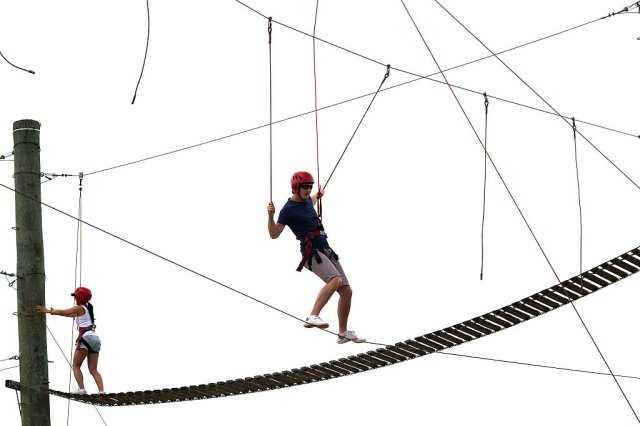The 70/20/10 Rule For Growing in Your Job
Curated from: time.com
Ideas, facts & insights covering these topics:
5 ideas
·1.14K reads
16
Explore the World's Best Ideas
Join today and uncover 100+ curated journeys from 50+ topics. Unlock access to our mobile app with extensive features.
The 70/20/10 tactic
Researchers interviewed successful and effective people to discover how they learned to become successful. They found that:
- 70% of their learning was from the experiences they had.
- 20% was from other people.
- 10% was from books and courses.
We often go through experiences mindlessly. We move from one place to another and don't remember how we got there. We interact mindlessly with other people. However, we can only learn from our experiences if we are present in them.
57
367 reads
The mindset you bring to experience
The growth mindset, or learning mindset, is the idea that you want to come to this experience open to learning instead of clenched-jawed and with a performance mindset. You still want to perform but also learn from others about yourself.
51
253 reads
Practices of a growth mindset
- Work on your mindset. You won't learn if you try to prove how great you are or prevent people from thinking you're weak.
- Set an intention for how you want to grow. Experiences are random. If you know which area you need to grow, such as being a better listener or more open, you will likely pay more attention to that dimension.
- Consider how you will achieve your intention to grow in a specific area.
- Ask for feedback.
- Emotion regulation. Extreme emotions get in the way of learning. Try to keep them in check.
- Reflection. During and after an experience, think about what you've learned.
54
183 reads
Opportunities to challenge yourself
Experiences that help people learn the most are:
- Highly visible experiences because they're more challenging.
- Experiences where there's a lot at stake.
- Experiences where you're crossing boundaries. For example, a marketing person works with someone in operations.
- Experiences that cross cultural divides, such as working with someone from a different country, race, gender, or other difference.
Experiences are only useful if you have a way of capitalizing on the learning, which involves using the six practices of a growth mindset.
53
163 reads
Types of leaders we need to be
People returning to the office will want a certain kind of leadership. So it comes down to three things:
- Confidence, because they are scared and want to know that someone is confident that we'll get through this.
- Competence, so that they can be confident in you.
- Compassion, because they want people that are compassionate about what they're going through.
54
177 reads
IDEAS CURATED BY
Kyle Red's ideas are part of this journey:
Learn more about personaldevelopment with this collection
How to create a cosy and comfortable home environment
How to cultivate a sense of gratitude and contentment
The benefits of slowing down and enjoying simple pleasures
Related collections
Similar ideas
3 ideas
On the virtue of changing one’s mind (II) - Thinking in Business
thinkinginbusiness.com
3 ideas
Decision-making in times of crisis - MSM Romania
msmromania.org
2 ideas
The sunk cost fallacy: How to make better decisions?
thinkinginbusiness.com
Read & Learn
20x Faster
without
deepstash
with
deepstash
with
deepstash
Personalized microlearning
—
100+ Learning Journeys
—
Access to 200,000+ ideas
—
Access to the mobile app
—
Unlimited idea saving
—
—
Unlimited history
—
—
Unlimited listening to ideas
—
—
Downloading & offline access
—
—
Supercharge your mind with one idea per day
Enter your email and spend 1 minute every day to learn something new.
I agree to receive email updates



